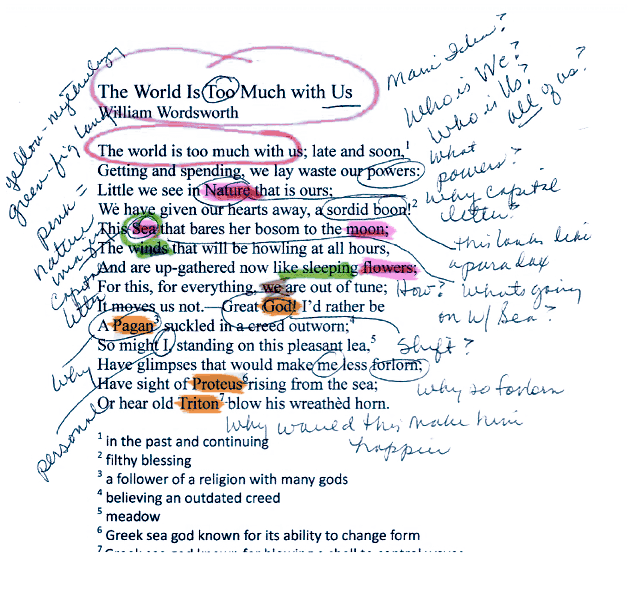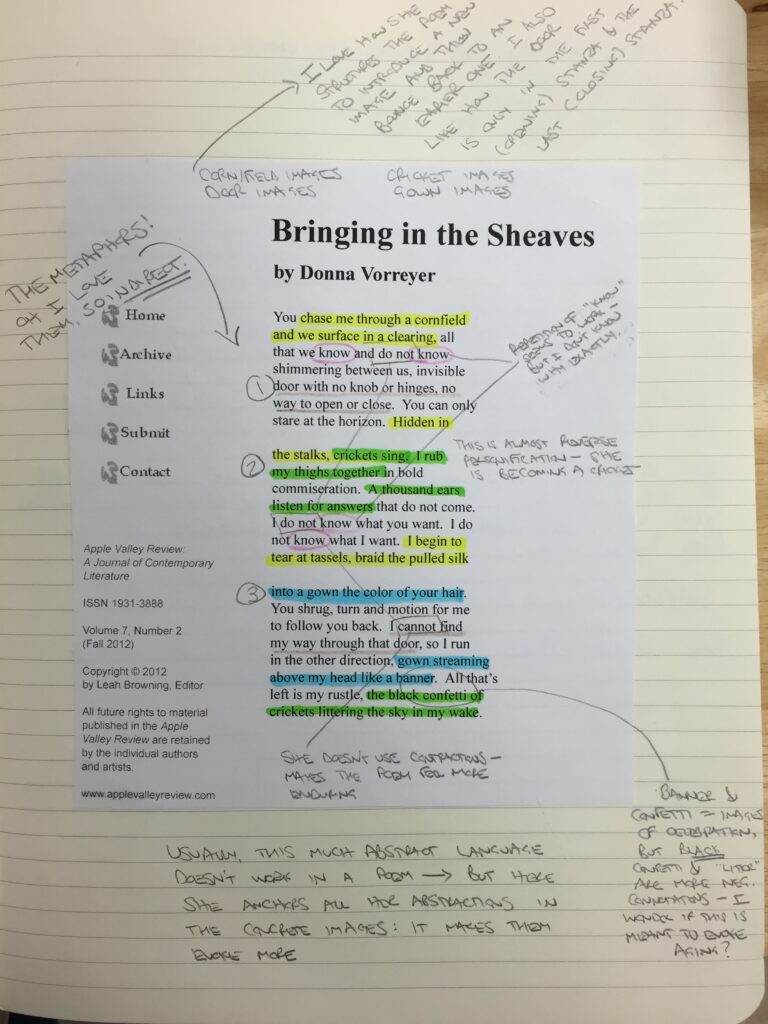Deep learning is a subset of machine learning (ML), which is a subdiscipline of artificial intelligence (AI). Deep learning is used to perform more important tasks without being explicitly programmed.
In fact, in deep learning, neural networks are used to analyze data and extract relevant patterns of information from it. And the neural network is divided into three different mechanisms: input layer, hidden layer and output layer.
A deep neural network is created when many small networks are connected into layers. Deep learning helps distinguish more complex patterns and gain a deeper understanding of data, leading to more accurate decisions in key AI models such as self-driving cars and areas of medical research.
How does deep learning work?

Deep learning systems can be created with different deep learning architectures (recurrent neural networks, long short-term memory networks, and convolutional neural networks).
Just like machine learning, the training data for visual perception models is created with the help of labeled image services. However, the labeling technology of deep learning projects is quite special, requiring complex labeling techniques, such as 3D bounding boxes or semantic segmentation, to perform deeper detection, classification and recognition of objects, so as to achieve more accurate learning.
Also read: What is the Importance of Image Annotation in AI and Machine Learning?
In these neural network architectures, image labeling deep learning is performed using differently labeled training data, depending on the algorithm’s capabilities and compatibility with the model. Create more accurate annotated training data for deep learning algorithms to accurately identify objects from annotated images and analyze correct output data when models are used for real-time predictions.
Image Annotation for Deep Learning
Image annotation with deep learning is mainly used for more accurate object detection. Annotate images with the right tools so that objects in the image are well-defined for neural network analysis in deep learning.
Also read: How to Label Data for Semantic Segmentation Deep Learning Model?
In machine learning, object detection through computer vision follows three distinct steps — pattern recognition, feature extraction, and classification. In deep learning, deep neural networks are used for object detection and recognition with precise dimensions.
Types of Image Annotation for Deep Learning
While there are different image annotation techniques for machine learning, the process for deep learning is different. Deep learning refers to the use of deep neural networks to analyze data, distinguish relevant patterns in the data, and make accurate predictions about the data.
In fact, deep neural networks have multiple layers, and the output of the first layer becomes the input of the second layer, and the output of the second layer becomes the input of the third layer, and this process works in the same way, gaining insight into the scene.
3D bounding boxes, semantic segmentation, and polygon annotation are the leading image annotation techniques, mainly used for image annotation for deep learning.
However, to annotate images for deep learning, you need to use the right tools to ensure that every pixel in the image is accurately labeled so that different types of objects can be correctly identified. Feeding such images into a deep learning algorithm is slightly different compared to machine learning.
How to get labeled images for deep learning?

There are many image annotation companies that provide annotation services for machine learning and artificial intelligence. But for deep learning, experts are needed to accurately label data that machine learning engineers use to develop neural network processing for AI models.
